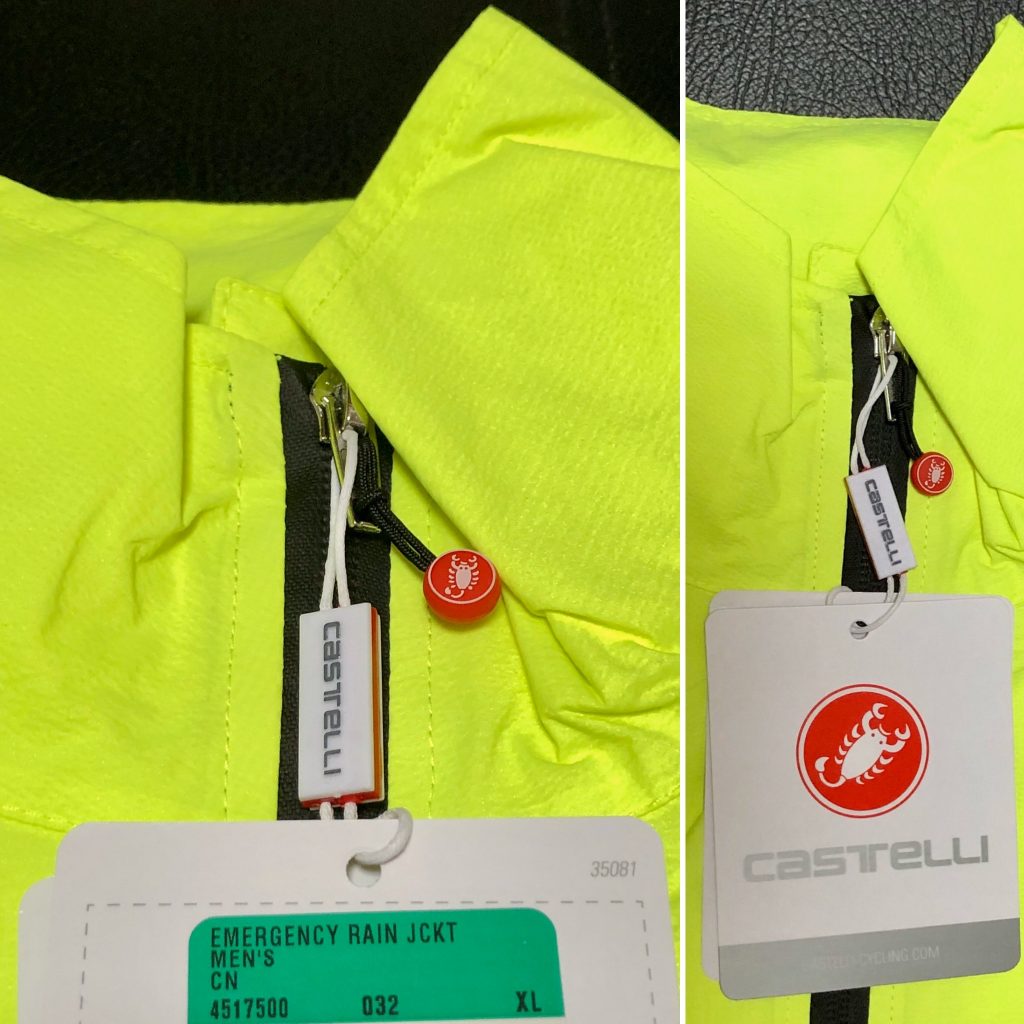Wicklow 200 training tips – Winter
Here are 5 of my top Wicklow 200 training tips this winter that will help keep you to moving with the long evenings and cold wet days.
- Weather App
- Resting Heart Rate
- Quality Rain Cape
- Turbo or Smart
- Cross Training
Top 5 training tips – Winter

Wicklow 200 Training Tip 1 – Weather App
With so many riders into their data through Strava, Training Peaks or Gamin Connect and wanting to share it so frequently, you shouldn’t miss out on a weather app. For years we would turn up on a weekend morning not fully knowing what the weather would be like or how strong the wind would blow. It was usually gauged on the ride to the meeting point by a few riders and then the route decided. Not any more! For cyclists in Ireland, Met Eireann have a great weather app and in the UK, the Met Office weather app is excellent.
Bonus tip – All cyclists can handle some rain and cold weather during the winter season with the right clothing. But please don’t push your luck when it comes to freezing temperatures and the effects it can have on the roads. Its always better to stay safe than risk a fall or worse still. Read my blog on what its like to get hit by a car out training!
Wicklow 200 Training Tip 2 – Resting Heart Rate
Something as simple as recording your resting heart rate can become a very useful piece of data. With all the cycling related apps out there, you can have more data than a data scientist can review. Checking a simple resting heart rate number can be king of the data.
When you wake in the morning, record your resting heart rate for 15 seconds before getting out of bed. Do this for 3 mornings and then take your average. This becomes your marker, once you were not tired from training or getting a cold. Check this marker after a hard or long training session or if you feel a cold coming on. If your resting heart rate is elevated by more than 5-10 bpm above your average, then consider an easy training ride or a day off.
Bonus tip – for the truly hard core data cyclist, then go to bed with your heart rate monitor on and when you wake just turn on your Garmin or other device. To go the extra mile, record your heart rate all night and download the data next morning. You can never have enough data, said no cyclist ever! But joking aside, the 15 seconds check works really well for zero effort.
“Winter miles, summer smiles”.
By every rider I know
Training Tip 3 – Quality Rain Cape
Living in Ireland or the UK, you can always expect some rain on your weekend rides. It might be the odd 4 hour downpour or a quick shower. By having a quality rain cape in your back pocket, you can avoid a soaking and continue with your training ride. And with the Irish summer weather, there is a 50 / 50 chance that you will need it for the Wicklow 200.

Throwback tip – When I think back to the rain capes we used in the early 1990’s, I can only smile. It was similar to the plastic they used on turf bags but shaped into a clear cycling cape. Once you put it on, you couldn’t take it off. As you ended up in a sauna that slowly cooked you as the ride went along.
Wicklow 200 Training Tip 4 – Turbo or Smart
Nearly all cyclists will have a turbo trainer sitting around in the garage. Some still working and others gathering a lot of dust. With the incredible step forward in digital technology, making the move form turbo trainer to smart trainer has become a lot easier.
You can work from a space in your garage with a laptop and a subscription to one of the platform providers. To some amazing set ups with large flat screen tv, computer and turbo bike constantly set up on your smart trainer. This goes back to the mathematical formula for bikes: N+1 (subject to cash flow).
Bonus tip – for a sportive rider with limited time and maximum ride time of 1 hour indoors then a turbo can be just as effective with some headphones and your phone.
Training Tip 5 – Cross Training
Without a doubt, cross training has always been my favourite training method over the winter. Since when I first started cycling (back in the late 80’s). Even now years later, there is a great feeling in running 5 kms, completing a weight training session in the gym or trying to hit 40 lengths in the pool.
But your cross training options can work in any manner. Why not go for a walk on your lunch break? How about a longer walk at the weekend with the family? Indoor football? Golf? Just pick another sport or two and add them to your weekly training over the winter with will benefit your Wicklow 200 ride.
This article was first published on 24 December 2019.
Before you go, don’t forget to sign up for my free Wicklow 200 training plan and start to build your own plan.
- Free Cycling Coaching Offer - June 22, 2021
- Wicklow 200 Training Tips Winter Top 5 to use - December 24, 2019
- Wicklow 200 Training Tips Autumn top 5 to use - December 24, 2019
